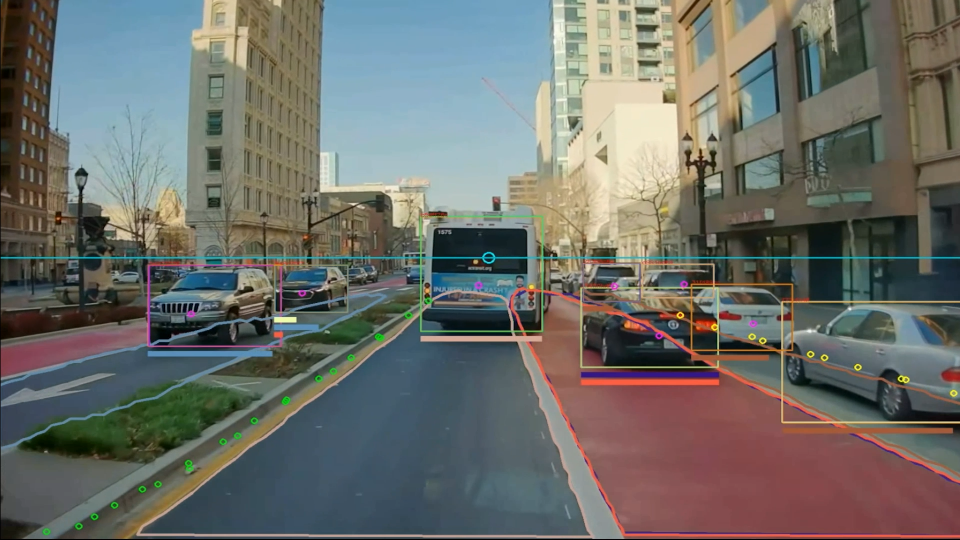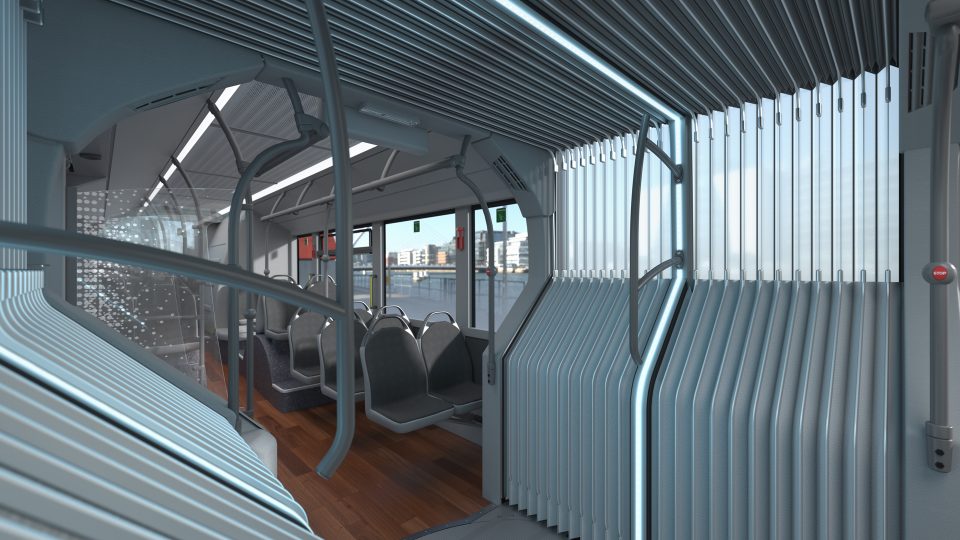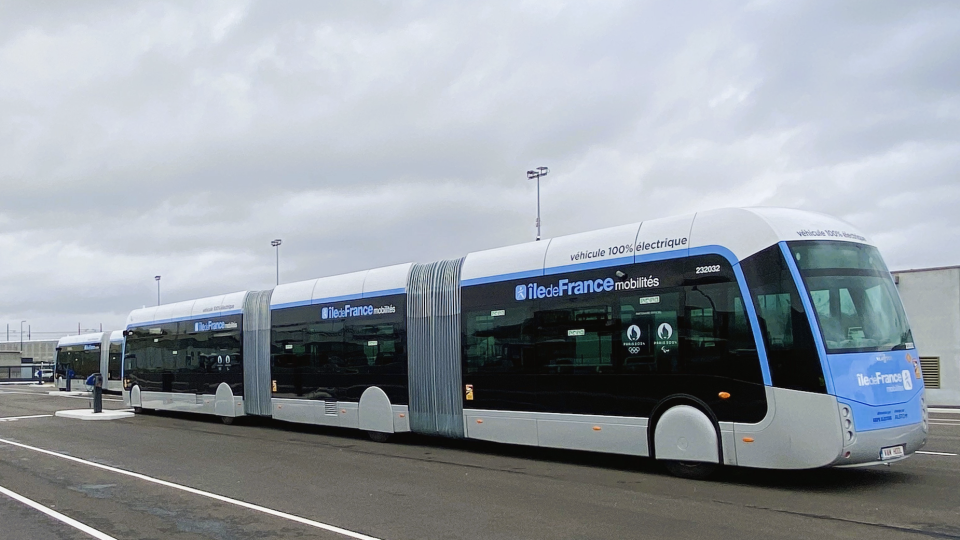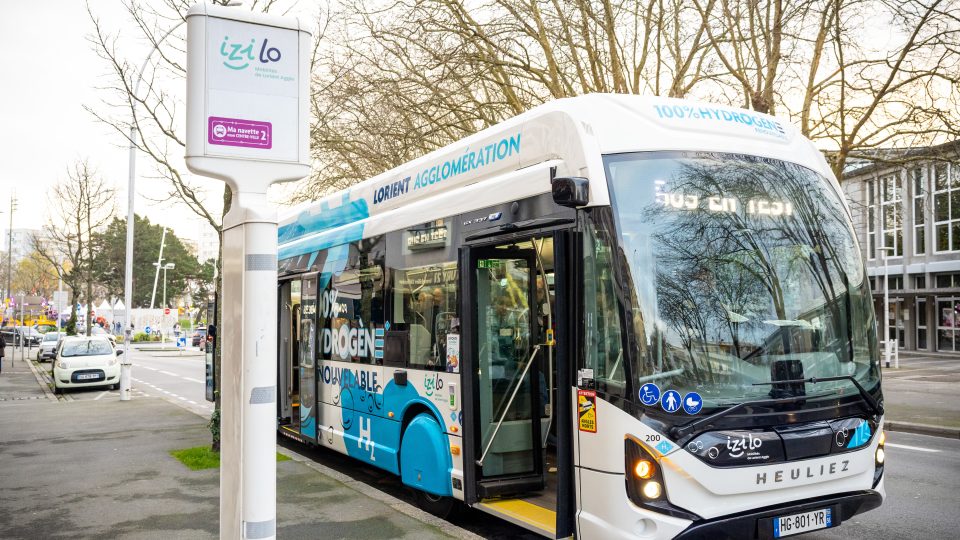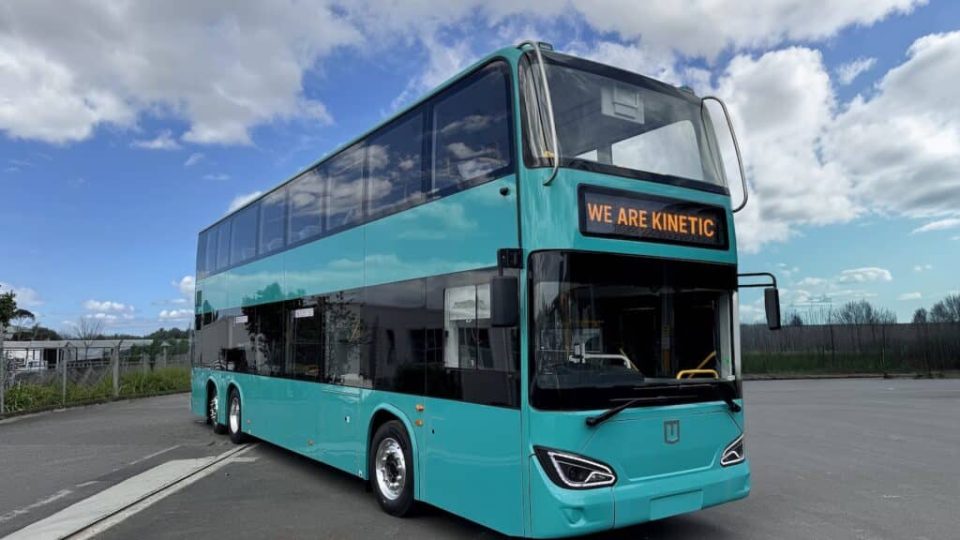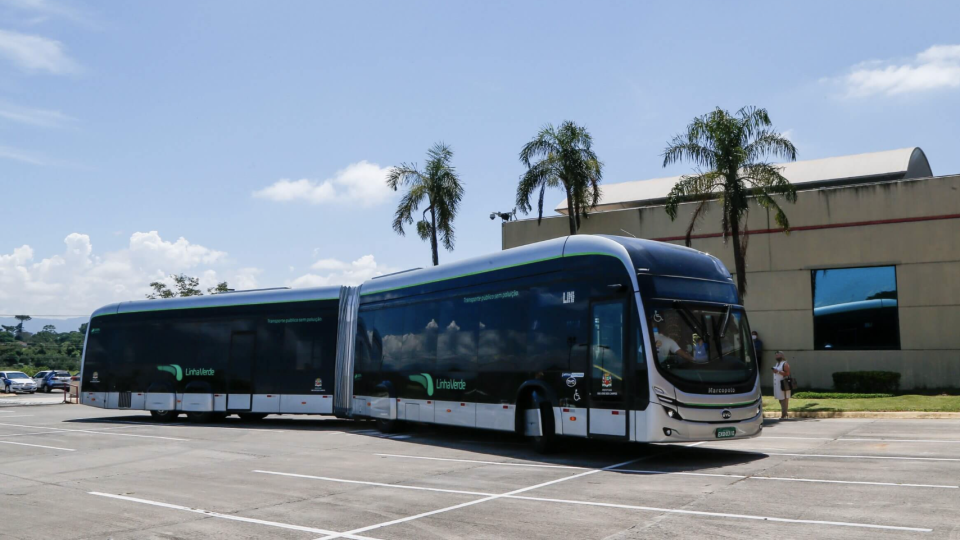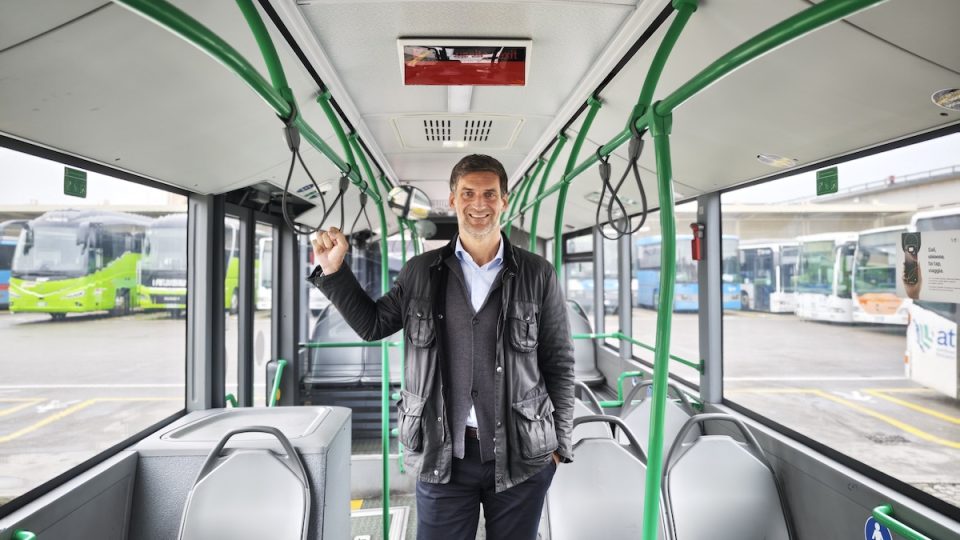148 Tata e-buses delivered in Bengalaru within a +1,400-units e-bus fleet (nearly 1,800 planned by end 2025)
Tata Motors has delivered 148 electric buses to Bengaluru Metropolitan Transport Corporation (BMTC) for public service. The carrier, while rolling out the new fleet, has also launched new routes under express services and package tours. BMTC points that it has currently a total of 1,436 electric buses across various routes in the city. They’ll be […]
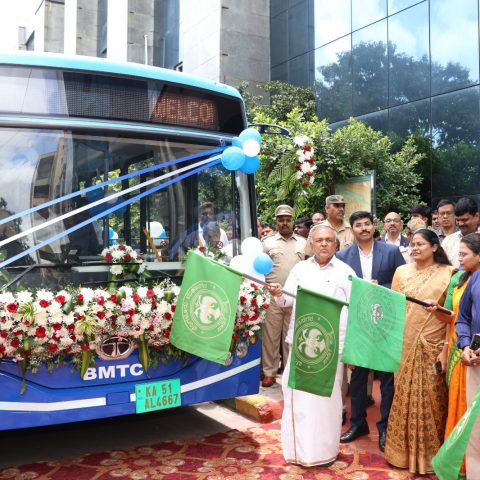
Tata Motors has delivered 148 electric buses to Bengaluru Metropolitan Transport Corporation (BMTC) for public service. The carrier, while rolling out the new fleet, has also launched new routes under express services and package tours.
BMTC points that it has currently a total of 1,436 electric buses across various routes in the city. They’ll be joined by further 195 AC electric buses (12m length) from M/s Ohm Global Mobility Ltd., part of a fleet ofof 320 buses being introduced in a phased manner, aiming for a total operational strength of 1,779 electric buses by the end of the year.
Under the PM E-Drive scheme, an additional 400 AC and 4,100 non-AC electric buses are slated for deployment, within a 10,900-units just released tender.
Electric buses in Bengaluru are ramping up
The details of the e-buses currently in operations are as under:
| SL. No. | Type of bus | Company | No. of buses |
| 01 | 9m, Non-AC | M/s.NTPC Vidyut Vypura Nigam Ltd. | 90 |
| 02 | 12m, Non-AC | M/s. Switch Mobility Automotive Ltd. | 300 |
| 03 | 12m, Non-AC | M/s. TML Smart City Mobility Solutions Ltd. | 921 |
| 04 | 12m, AC | M/s. Ohm Global Mobility Ltd. | 125 (out of 320) |
| Total | 1436 |
The buses are non-AC kind and are supplied by M/s TML (Tata Motors Ltd) Smart City Mobility Solutions Ltd. They are set to be operated under the Gross Cost Contract (GCC) model for a contractual period of 12 years at a rate of Rs. 41.01 per kilometre per bus (around 0,46 €), inclusive of electricity charges. Financial assistance of Rs. 39.08 lakh per bus has been extended under the Directorate of Urban & Land Transport (DULT) and the National Clean Air Programme (NCAP) scheme.
BMTC’s newly introduced 12-metre electric buses feature a low floor height of 400 mm and a battery capacity of 298 kWh, enabling a certified range of 200 km on a single charge, the carrier states. Each bus accommodates 35 seated passengers, includes space for a wheelchair, and provides step-free access through a kneeling system and integrated ramp. Deployment is underway from Depot-04 (Jayanagara), supported by opportunity charging points at key bus terminals such as Kempegowda Bus Station, K R Market, Shivajinagara, Bannerghatta TTMC, BTM Layout, Hebbala, and Mallasandra.
Onboard equipment includes three internal cameras, a reversing camera, and LED destination displays with voice announcements. Safety measures include 10 panic buttons, particularly aimed at enhancing women’s security, as well as a Fire Detection and Alarm System (FDAS) and vehicle location tracking.

